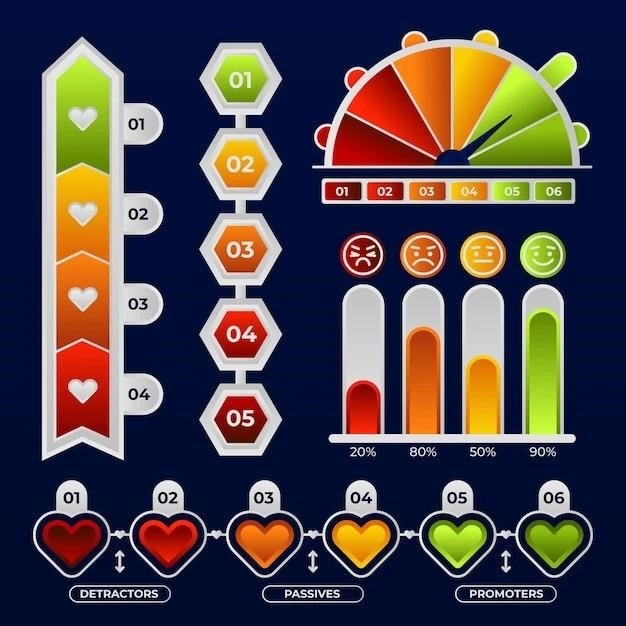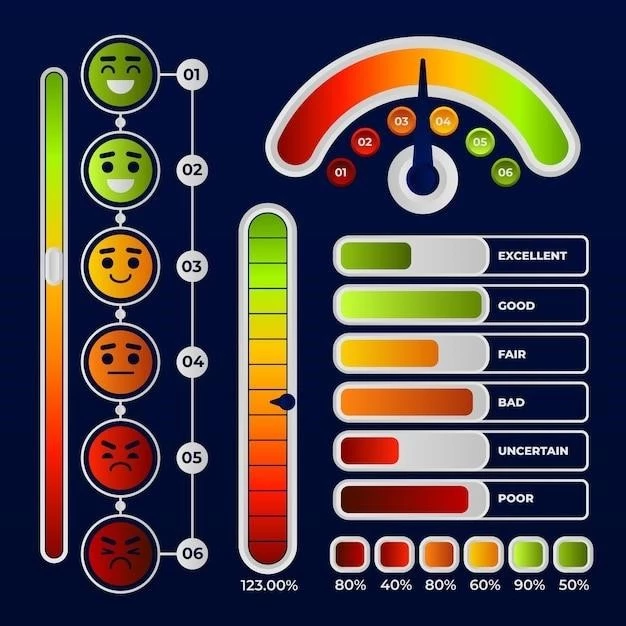The IUCN Red List: A Barometer of Life
The International Union for Conservation of Nature (IUCN) Red List of Threatened Species is a comprehensive global assessment of the conservation status of biological species․ It serves as a crucial barometer of life on Earth‚ providing insights into the health of biodiversity and the threats facing species worldwide․

The Importance of the IUCN Red List
The IUCN Red List is a vital tool for conservation efforts․ It provides a standardized framework for evaluating the extinction risk of species‚ allowing scientists‚ policymakers‚ and conservationists to prioritize conservation actions based on the urgency of the situation․
The Red List’s significance lies in its ability to:
- Identify species at risk: It highlights species facing imminent threats of extinction‚ enabling targeted conservation measures․
- Track conservation progress: By monitoring changes in species’ conservation status over time‚ the Red List provides a measure of the effectiveness of conservation efforts․
- Raise awareness: The Red List serves as a powerful tool for raising public awareness about the biodiversity crisis and the need for conservation․
- Inform policy decisions: It provides crucial data for policymakers to develop and implement effective conservation strategies․
The Red List Categories
The IUCN Red List classifies species into nine categories based on their risk of extinction:
- Extinct (EX): No known individuals remaining․
- Extinct in the Wild (EW): Known only to survive in captivity‚ or as a naturalized population outside its historic range․
- Critically Endangered (CR): Extremely high risk of extinction in the wild․
- Endangered (EN): Very high risk of extinction in the wild․
- Vulnerable (VU): High risk of extinction in the wild․
- Near Threatened (NT): Close to qualifying for Vulnerable but not currently considered threatened․
- Least Concern (LC): Not currently considered threatened․
- Data Deficient (DD): Insufficient information to assess the species’ risk of extinction․
- Not Evaluated (NE): Not yet assessed against the IUCN Red List criteria․
The categories of Critically Endangered‚ Endangered‚ and Vulnerable are collectively known as threatened species․
Assessment Criteria
The IUCN Red List uses a set of five criteria to assess the conservation status of species․ These criteria consider various factors‚ including:
- Population size reduction: Decline in population size over a specified period․
- Geographic range: Extent of the species’ distribution and its fragmentation;
- Population size: The number of individuals in the species’ population․
- Probability of extinction: The likelihood of the species becoming extinct within a specified timeframe;
- Threats: Factors that are negatively impacting the species‚ such as habitat loss‚ overexploitation‚ and climate change․
The Red List Index
To track changes in the conservation status of species over time‚ the Red List Index (RLI) was developed․ The RLI provides a quantitative measure of the overall trend in the extinction risk of a group of species․ It is calculated based on the changes in Red List categories of assessed species over a specific period․

Conclusion
The IUCN Red List is a vital tool for understanding the state of biodiversity and guiding conservation efforts․ It provides a scientific framework for assessing the extinction risk of species‚ highlighting the threats facing them‚ and informing conservation actions․ The Red List serves as a crucial barometer of life‚ emphasizing the importance of protecting our planet’s biodiversity for future generations․










